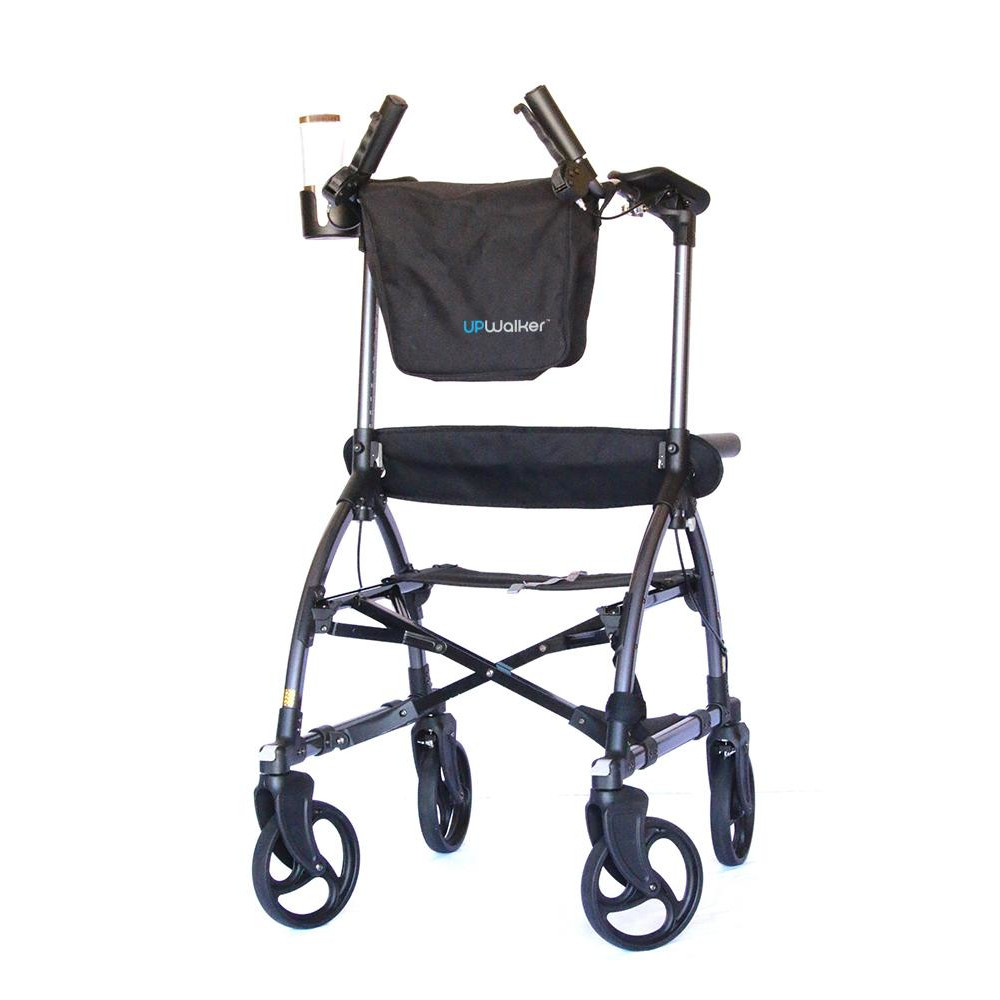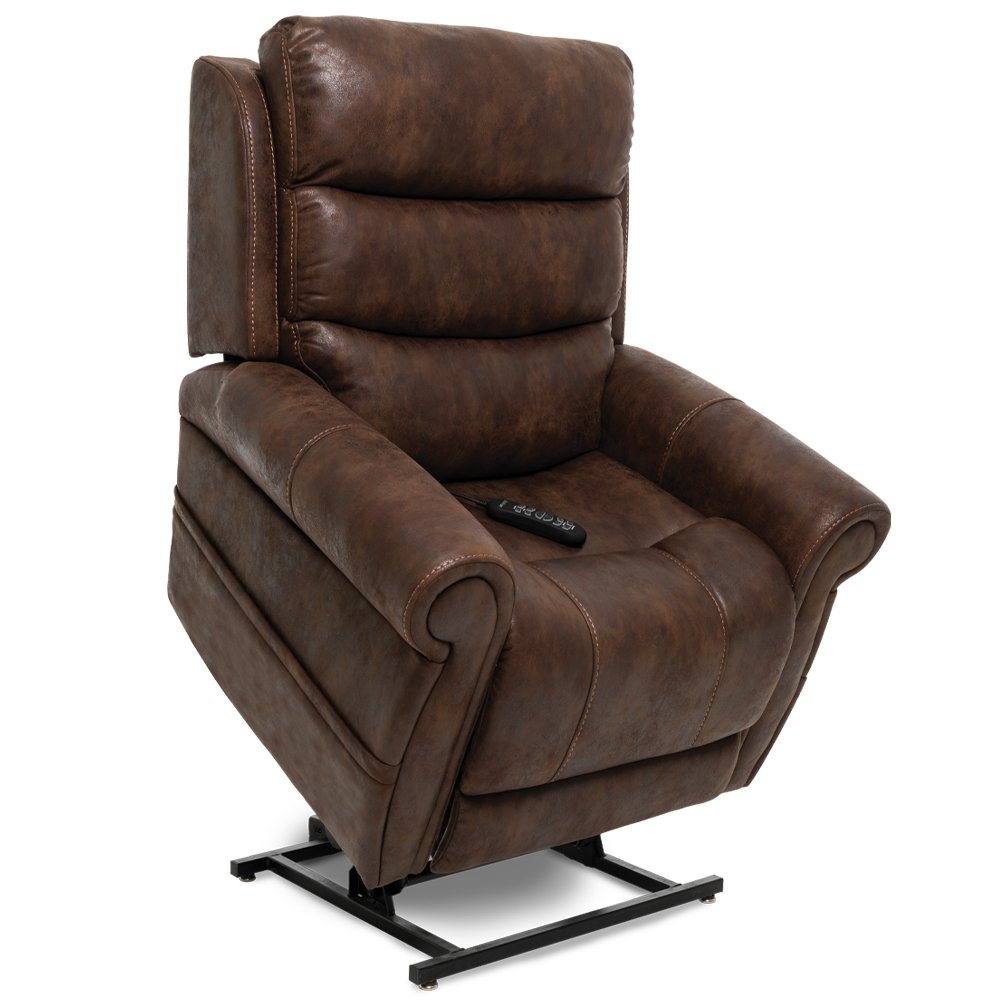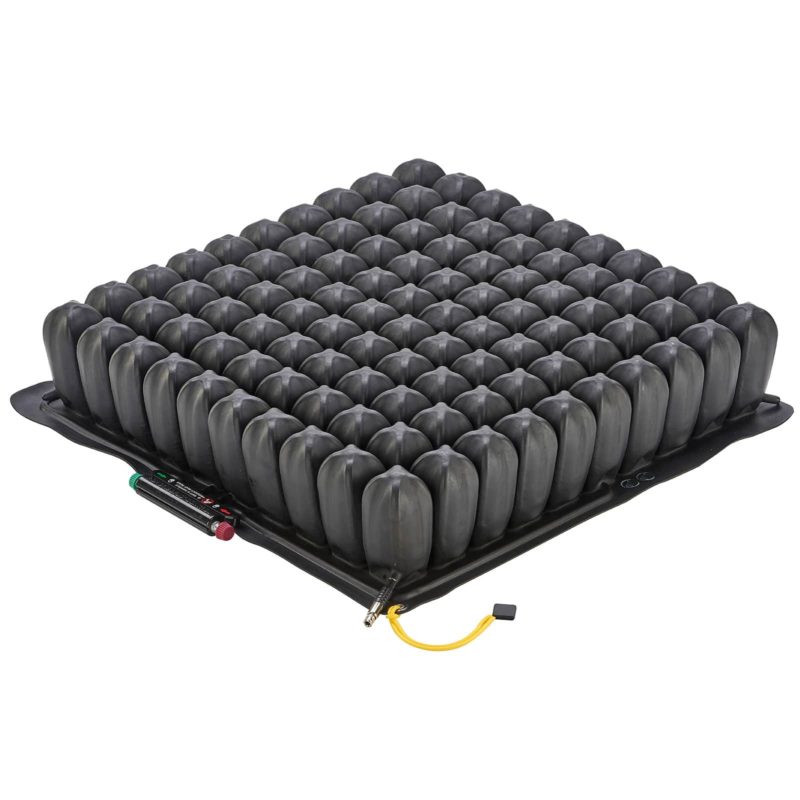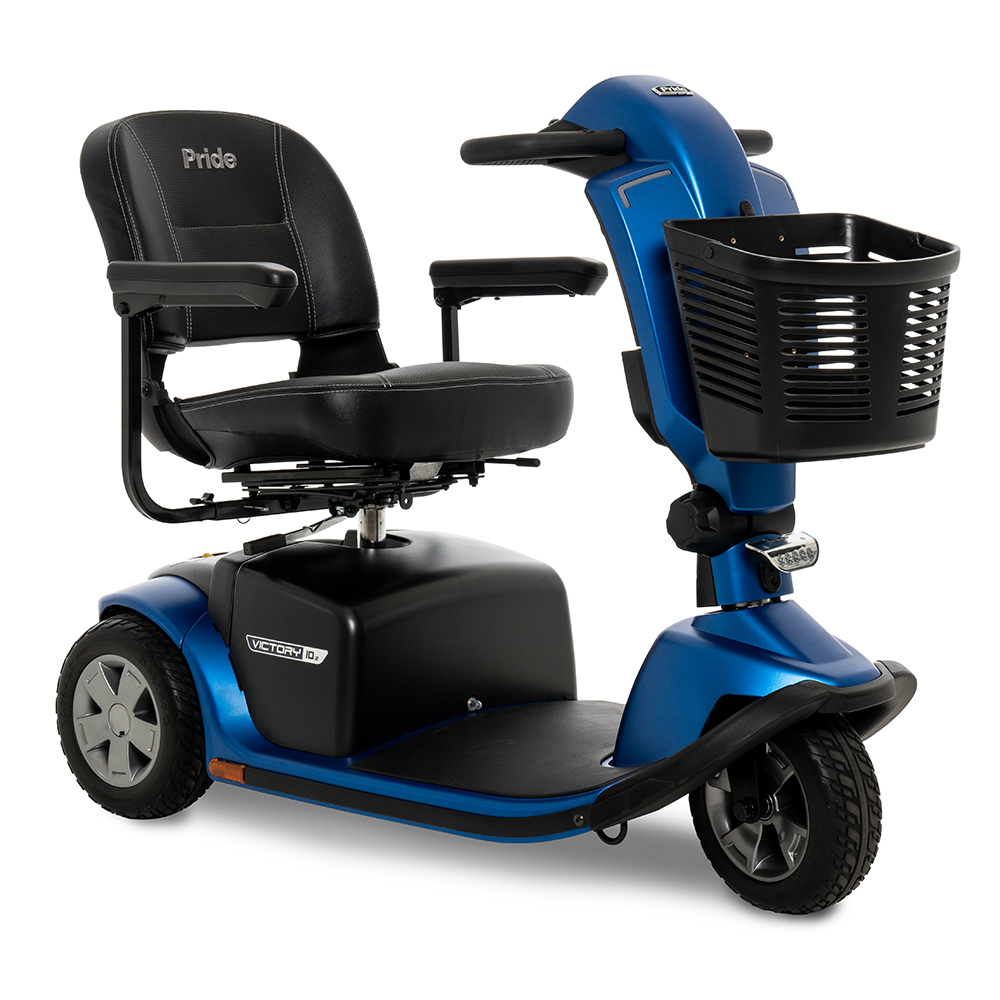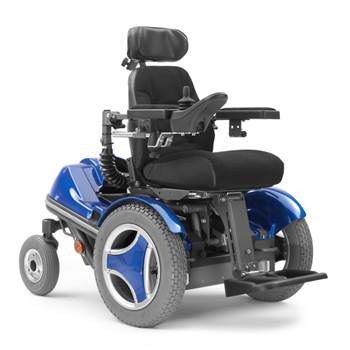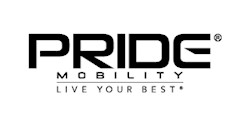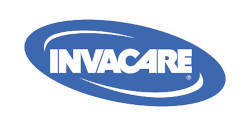MEDICARE RESOURCES
HOSPITAL BEDS
Indications and Limitations of Coverage and/or Medical Necessity
For any item to be covered by Medicare, it must 1) be eligible for a defined Medicare benefit category, 2) be reasonable and necessary for the diagnosis or treatment of illness or injury or to improve the functioning of a malformed body member, and 3) meet all other applicable Medicare statutory and regulatory requirements. For the items addressed in this medical policy, the criteria for “reasonable and necessary” are defined by the following indications and limitations of coverage and/or medical necessity.
For an item to be covered by Medicare a written signed and dated order must be received by the supplier before a claim is submitted. If the supplier bills for an item addressed in this policy without first receiving the completed order, the item will be denied as not medically necessary.
A fixed height hospital bed (E0250, E0251, E0290, E0291, and E0328) is covered if one or more of the following criteria (1-4) are met:
1) The patient has a medical condition which requires positioning of the body in ways not feasible with an ordinary bed. Elevation of the head/upper body less than 30 degrees does not usually require the use of a hospital bed, or
2) The patient requires positioning of the body in ways not feasible with an ordinary bed in order to alleviate pain, or
3) The patient requires the head of the bed to be elevated more than 30 degrees most of the time due to congestive heart failure, chronic pulmonary disease, or problems with aspiration. Pillows or wedges must have been considered and ruled out, or
4) The patient requires traction equipment, which can only be attached to a hospital bed.
A variable height hospital bed (E0255, E0256, E0292, and E0293) is covered if the patient meets one of the criteria for a fixed height hospital bed and requires a bed height different than a fixed height hospital bed to permit transfers to chair, wheelchair or standing position.
A semi-electric hospital bed (E0260, E0261, E0294, E0295, and E0329) is covered if the patient meets one of the criteria for a fixed height bed and requires frequent changes in body position and/or has an immediate need for a change in body position.
A heavy duty extra wide hospital bed (E0301, E0303) is covered if the patient meets one of the criteria for a fixed height hospital bed and the patient’s weight is more than 350 pounds, but does not exceed 600 pounds.
An extra heavy-duty hospital bed (E0302, E0304) is covered if the patient meets one of the criteria for a hospital bed and the patient’s weight exceeds 600 pounds.
A total electric hospital bed (E0265, E0266, E0296, and E0297) is not covered; the height adjustment feature is a convenience feature. Total electric beds will be paid as the least costly medically appropriate alternative for the comparable semi-electric bed (E0260, E0261, E0294, and E0295).
For any of the above hospital beds (plus those coded E1399 – see Policy Article Coding Guidelines), if documentation does not support the medical necessity of the type of bed billed, payment will be based on the allowance for the least costly medically appropriate alternative.
If the patient does not meet any of the coverage criteria for any type of hospital bed it will be denied as not medically necessary.
ACCESSORIES:
Trapeze equipment (E0910, E0940) is covered if the patient needs this device to sit up because of a respiratory condition, to change body position for other medical reasons, or to get in or out of bed.
Heavy duty trapeze equipment (E0911, E0912) is covered if the patient meets the criteria for regular trapeze equipment and the patient’s weight is more than 250 pounds.
A bed cradle (E0280) is covered when it is necessary to prevent contact with the bed coverings.
Side rails (E0305, E0310) or safety enclosures (E0316) are covered when they are required by the patient’s condition and they are an integral part of, or an accessory to, a covered hospital bed.
If a patient’s condition requires a replacement innerspring mattress (E0271) or foam rubber mattress (E0272) it will be covered for a patient owned hospital bed.
Hospital Beds and Accessories—Physician Documentation
The Certificate of Medical Necessity (CMN) requirement for Hospital Beds and Accessories was removed as of January 1, 2007. This change places more emphasis on the need for well documented medical necessity information to ensure Medicare coverage in regards to a hospital beds and/or accessories. Suppliers are reliant upon the physician community to provide detailed documentation to support medical necessity.
The following information is to assist the physician community regarding documentation requirements the Jurisdiction B Durable Medical Equipment Medicare Administrative Contractor (DME MAC). The DME MAC may request additional information from the supplier, the ordering physician or the beneficiary through the additional documentation request (ADR).
The physician’s detailed written order must be obtained prior to a supplier billing Medicare. The detailed written order must include all of the following:
- The beneficiary’s name and full address;
- A detailed description of the item;
- The signature of the treating physician; and
- The date the order was signed.
The physician’s progress notes are an integral part of the patient’s medical records and may be requested in order to prove medical necessity has been met. The physician’s progress notes should be in their typical format, documenting the medical necessity in regards to the need for a hospital bed. There should be information regarding the patient’s history, diagnosis, mobility functions and limitations, prognosis, and any information to support a medical condition which requires positioning of the body in ways not feasible with an ordinary bed. Please keep in mind that the need of elevation less than 30 degrees does not usually require the use of a hospital bed.
Documentation should indicate any previous methods tried prior to the use of a hospital bed such as the use of pillows or wedges being considered and ruled out.
Beds
The various bed types must meet specific qualifications once the basic coverage criteria have been met.
- Variable height hospital bed documentation must indicate the need to adjust the bed height to enable the patient to transfer to chair, wheelchair, or standing position versus a fixed height bed.
- Semi – electric hospital bed documentation must indicate the need for frequent changes in body position and/or has an immediate need for a change in body position. This would be positioning in regards to the feet or head elevation.
- Heavy duty or extra heavy duty hospital bed documentation must indicate the patient’s weight to meet coverage criteria for one of these beds.
Accessories
In order to meet coverage for an accessory the patient must have documentation to support the need for a hospital bed. If they have met the criteria for a hospital bed then documentation must support the need for the accessories.
- Trapeze equipment the documentation must indicate a need to use a trapeze device in order to sit up due to a respiratory condition, to change body position for other medical reasons, or to get in or out of bed. The patient’s weight must be documented in order to meet criteria for a heavy duty trapeze.
- Bed cradle documentation must indicate a need to prevent contact with the patient’s bed coverings.
- Side rails or safety enclosures documentation must support the need to prevent the patient from leaving the bed or to prevent fall risks associated with the patient’s history.
It is important that the patient’s medical record support the need for the items to be covered by Medicare. For more information regarding Medicare coverage please refer to the Hospital Beds and Accessories Local Coverage Determination on the National Government Services Web site.
About
ANDERSON WHEELCHAIR
Anderson’s Wheelchair is a family owned and operated business located in Rochester, MN, serving the greater South East Minnesota area for over 53 years! Located directly across from the Rochester Mayo Clinic St. Mary’s Hospital facility, Anderson’s Wheelchair supplies a complete line of home medical equipment and supplies, but our specialty remains wheelchairs!

